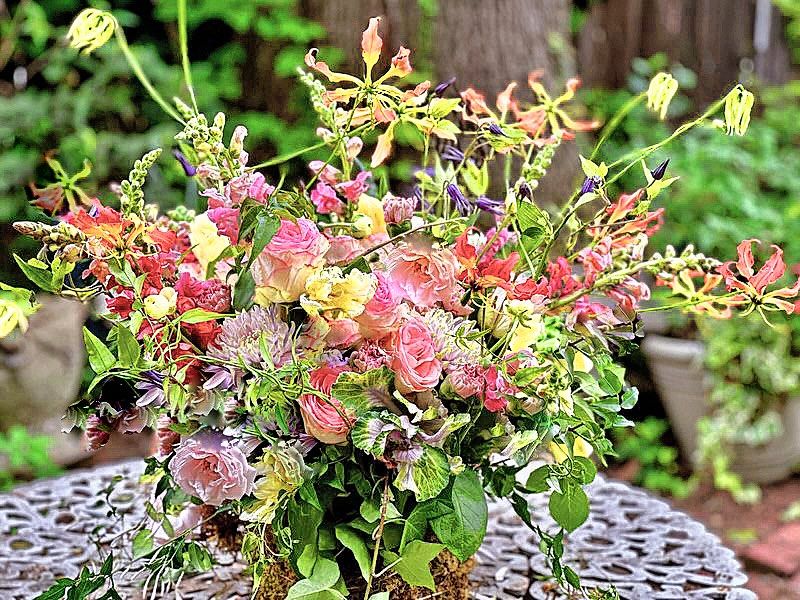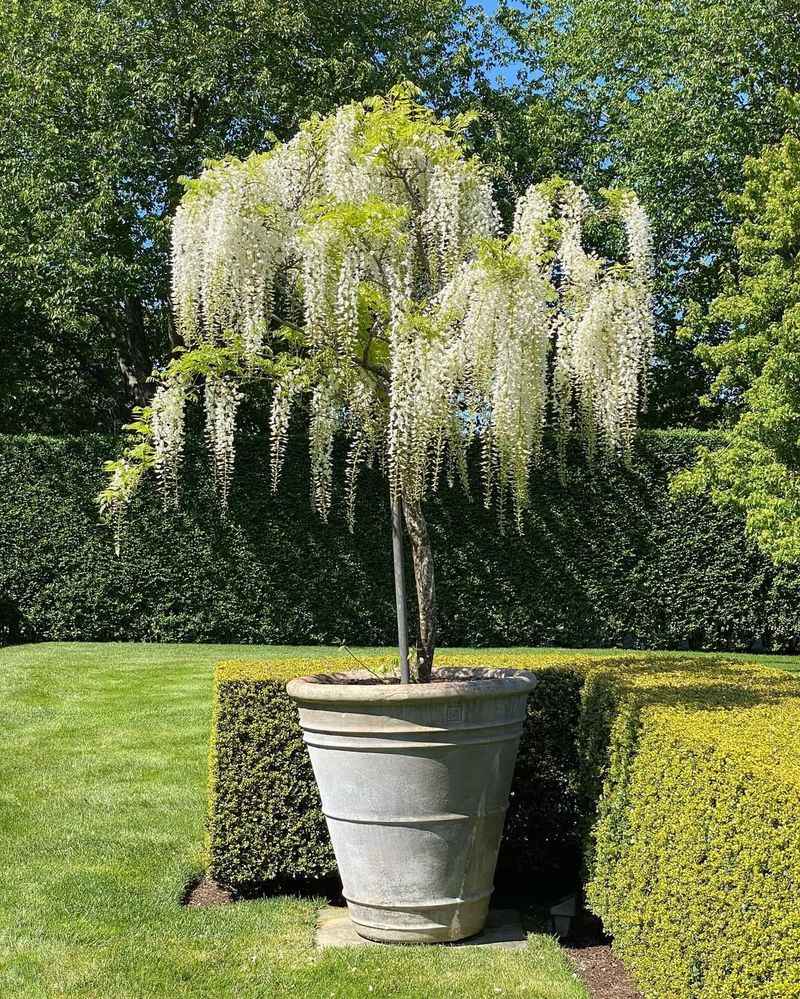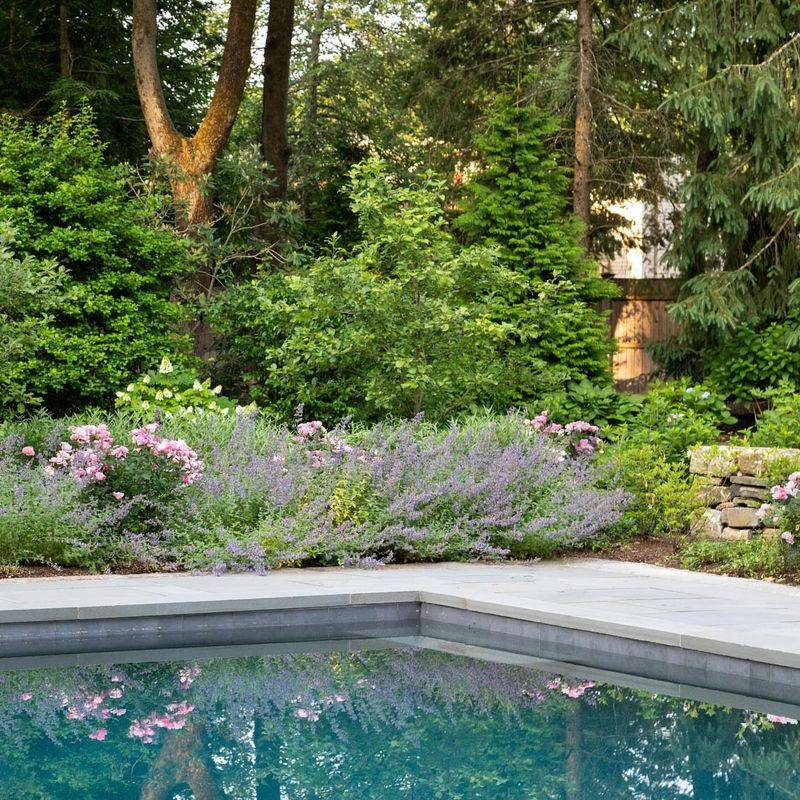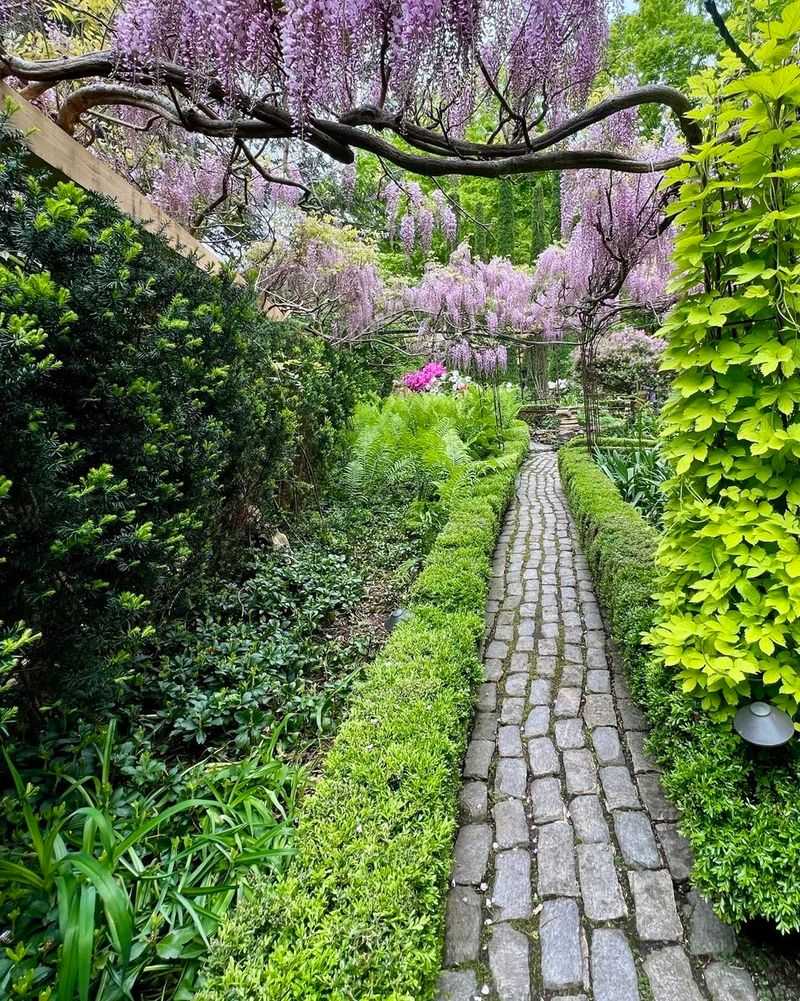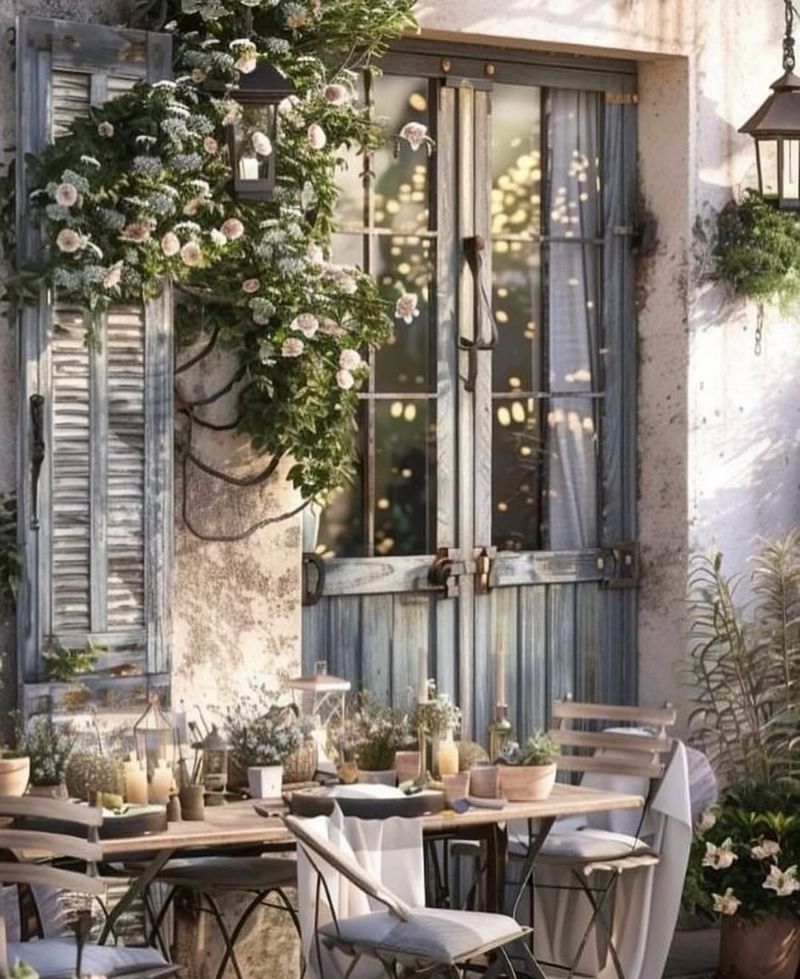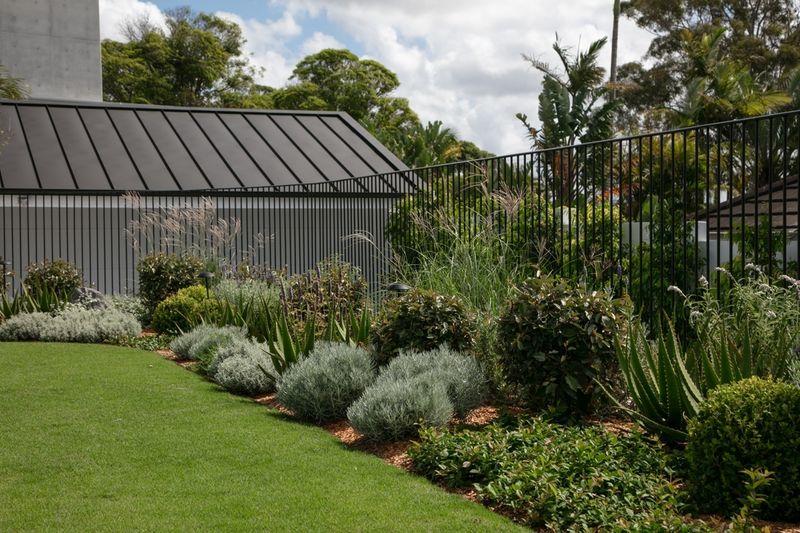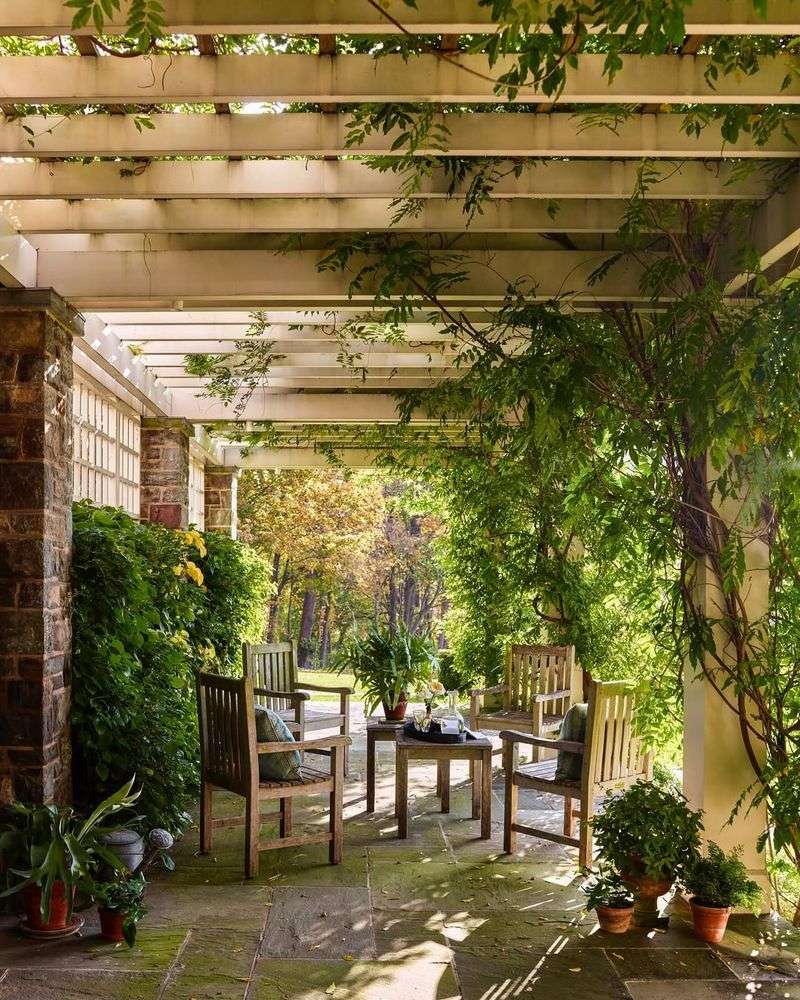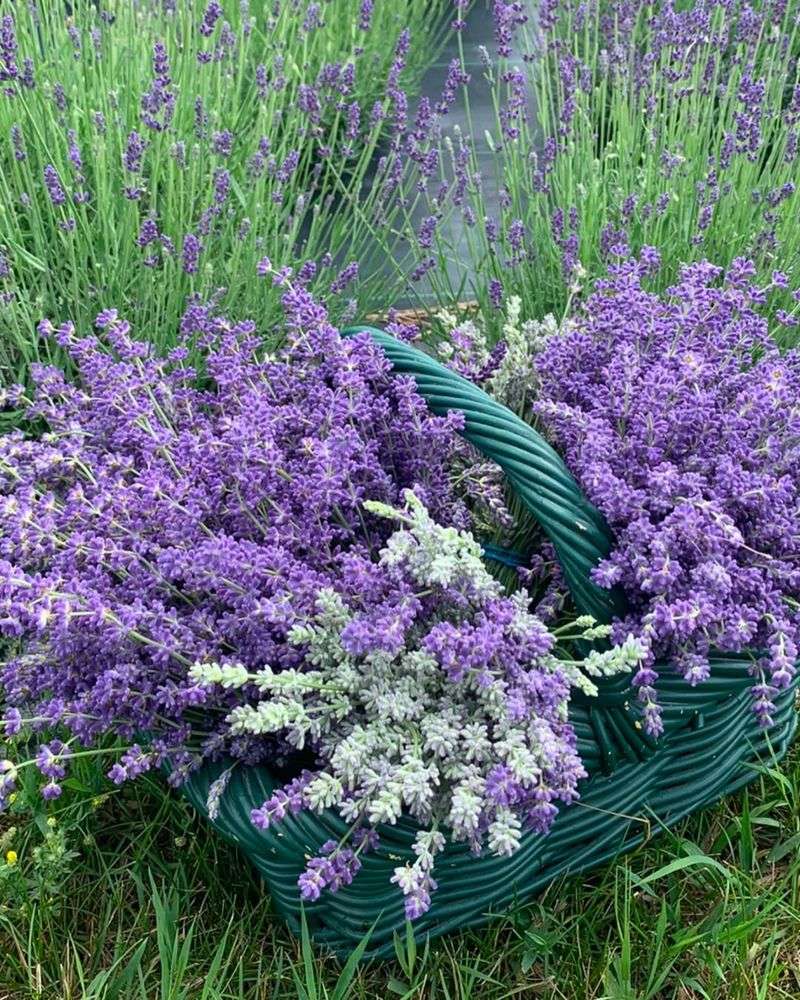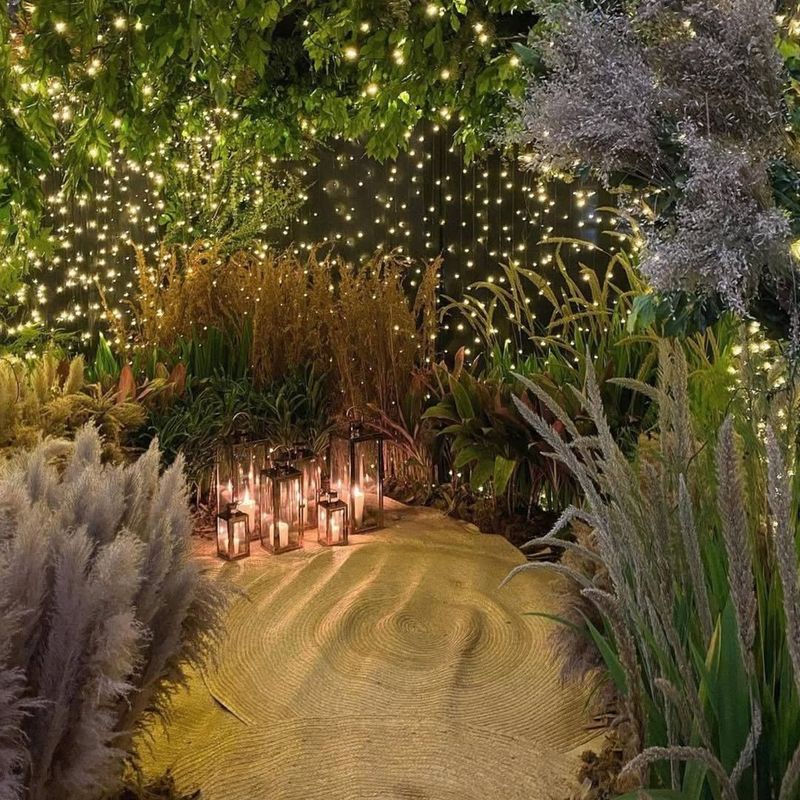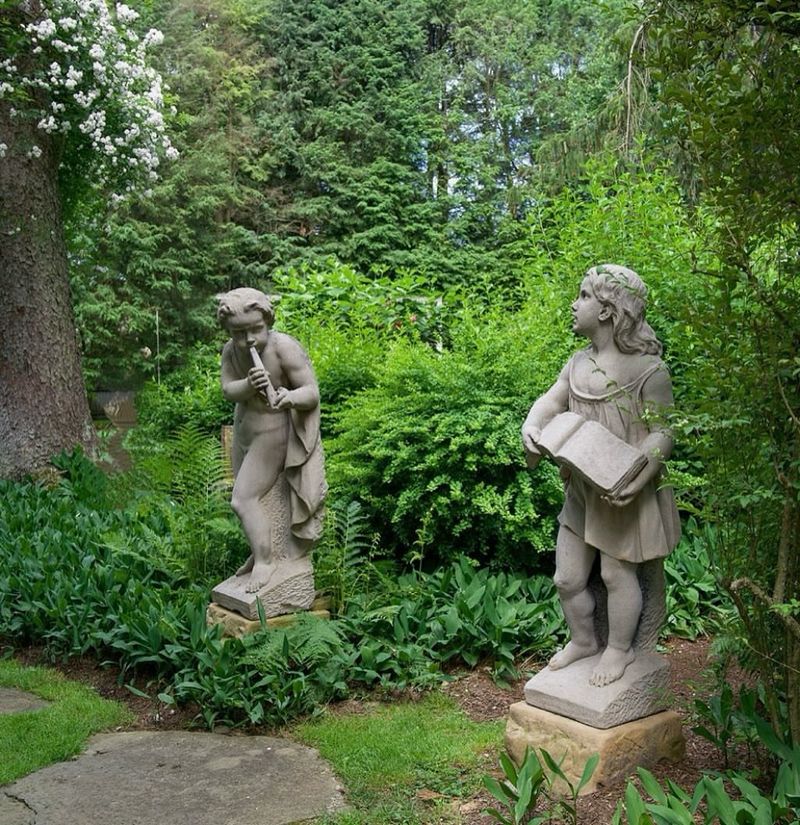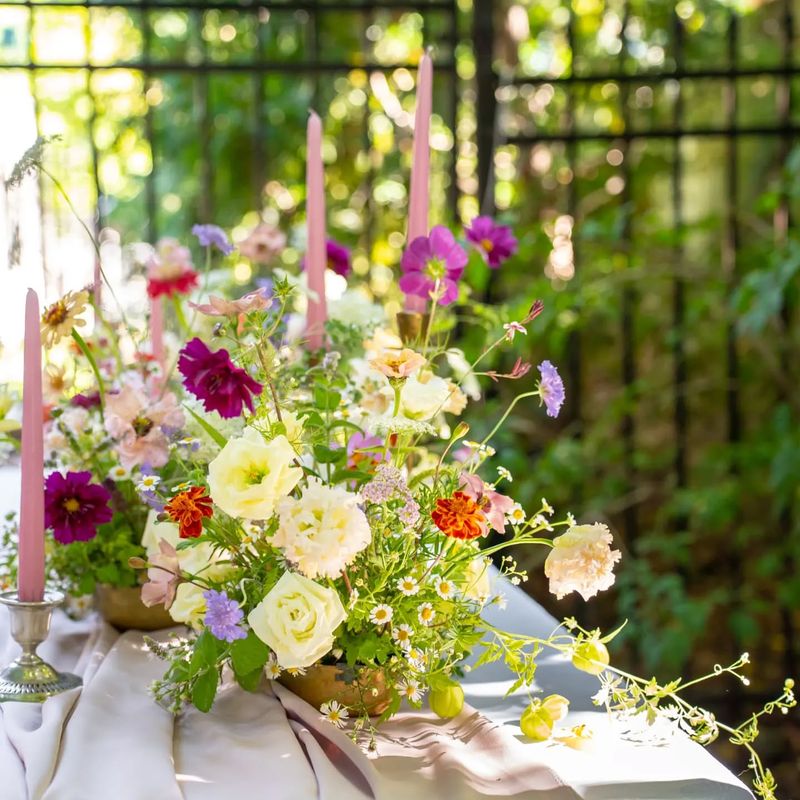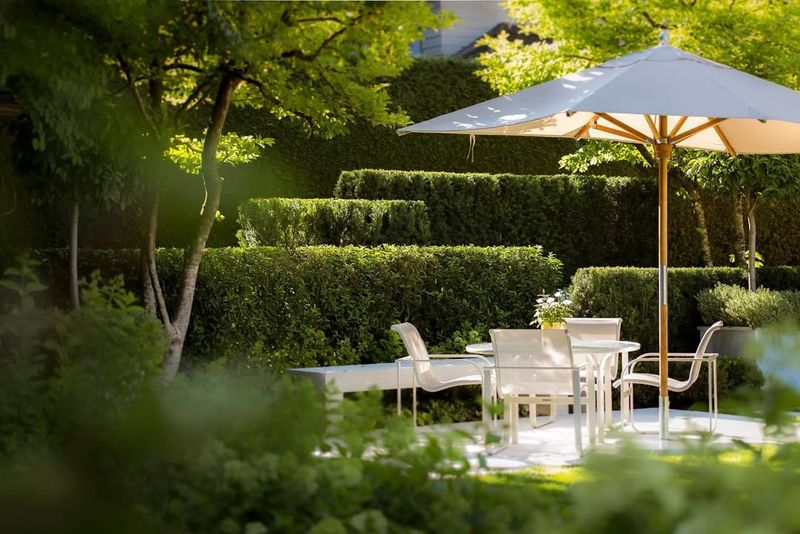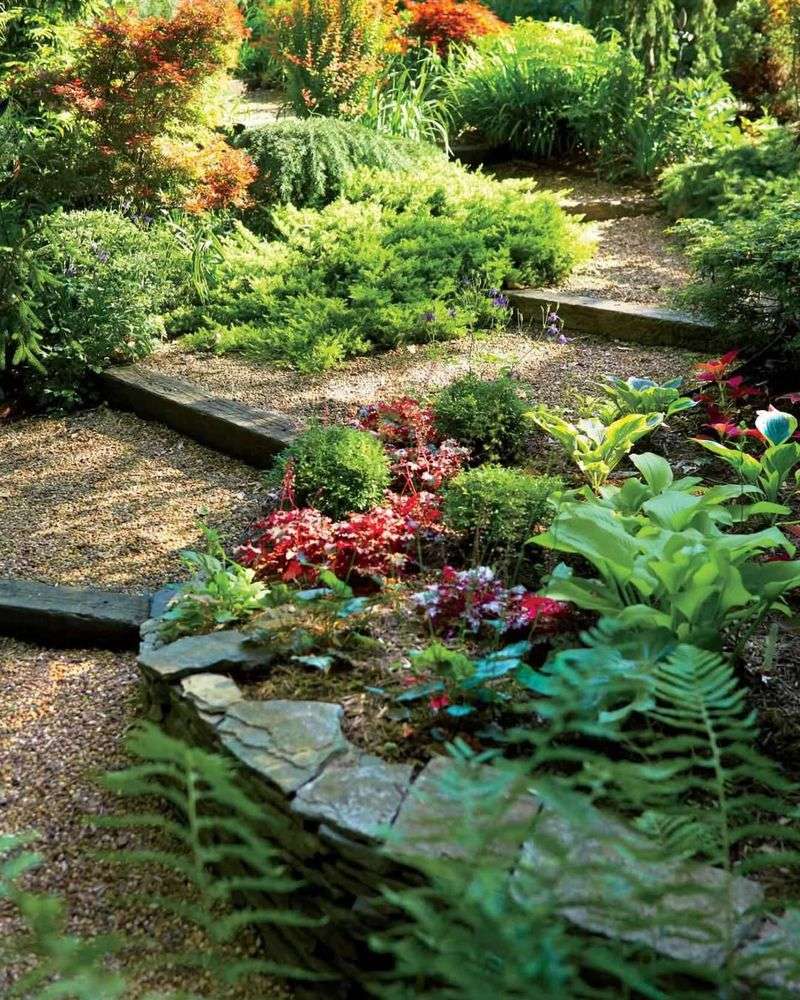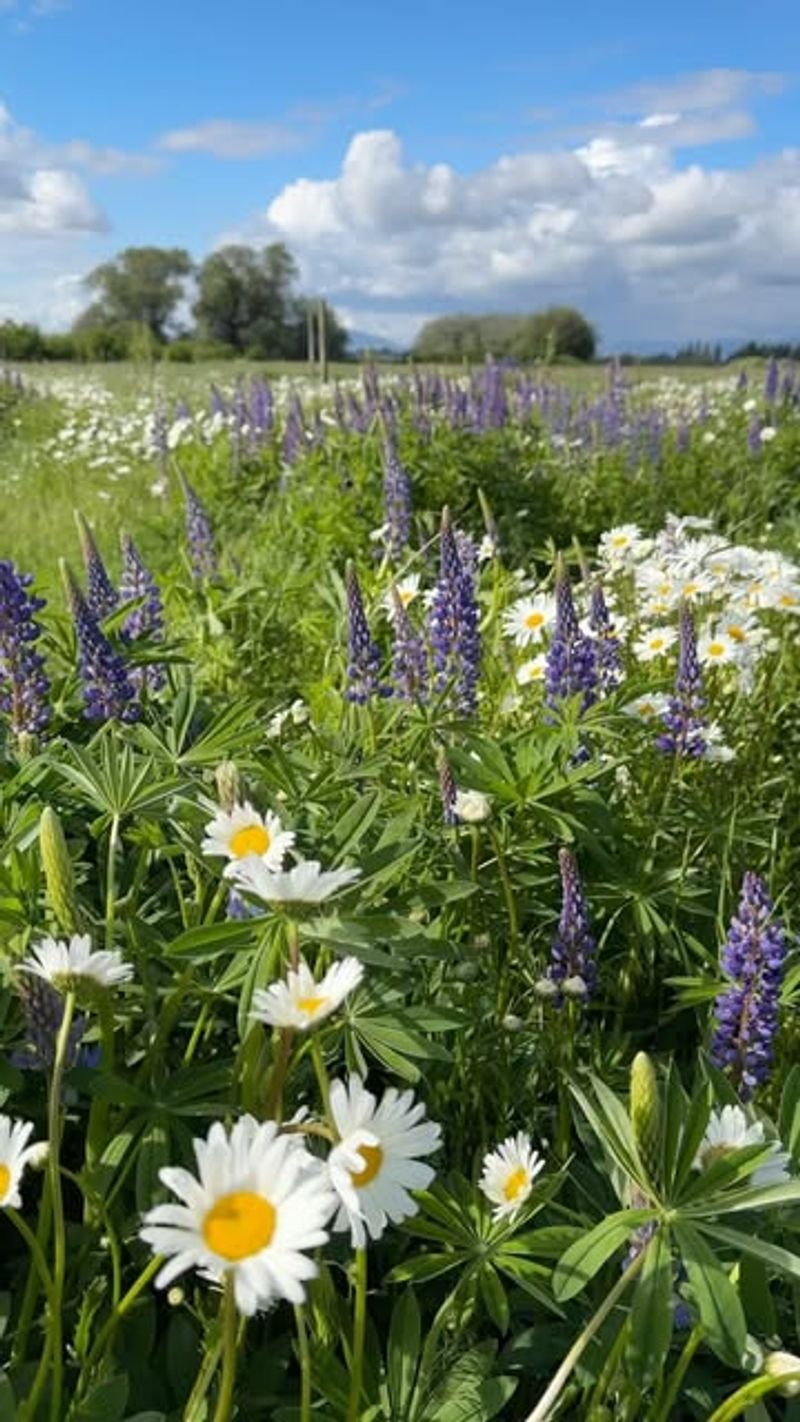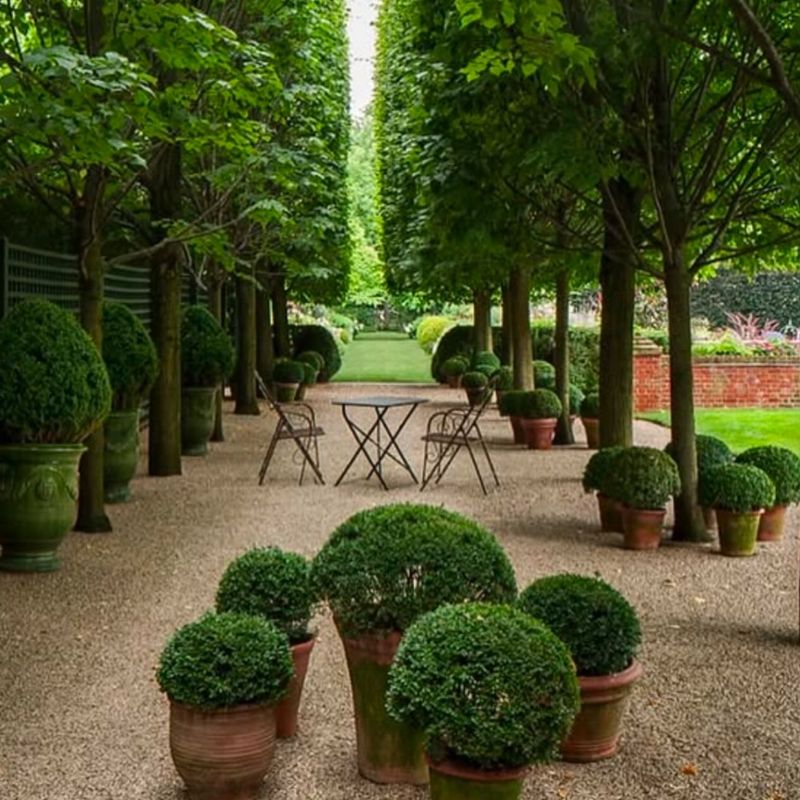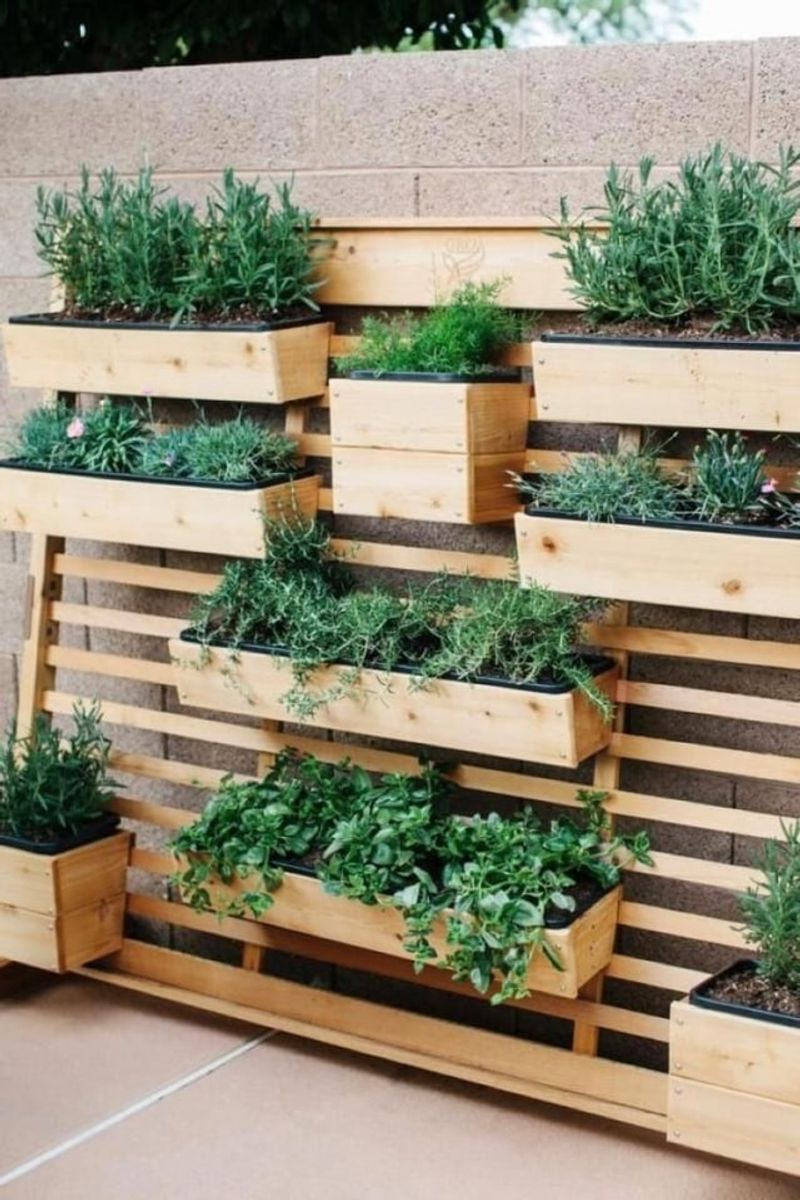Creating a French provincial garden is like painting your own masterpiece with nature’s colors and scents. Imagine stepping into a serene sanctuary filled with elegant flowers and charming hues. It’s all about blending soft pastels and graceful plants to create a picturesque escape reminiscent of Monet’s famous gardens. Let’s explore how you can transform your backyard into a dreamy, French-inspired paradise.
1. Choosing Charming Colors
Colors play a crucial role in a French provincial garden. Opt for soft pastels like pale pink, lavender, and baby blue. These colors can transport you to a romantic countryside in France.
Mix these hues with lush green plants for a charming contrast. Imagine the beauty of delicate blossoms swaying gently in the breeze. The calming effect of these colors creates a tranquil escape right in your backyard.
Experiment with different shades to find your perfect palette. This harmonious blend captures the essence of a Monet masterpiece, making your garden a visual delight.
2. Embrace Elegant Plants
Elegant plants are the heart of a French garden. Lavender, roses, and wisteria add a touch of sophistication and fragrance. Picture the graceful sway of wisteria vines, cascading like natural curtains.
Roses bring a classic elegance with their timeless beauty. Lavender’s soothing scent fills the air, creating a peaceful retreat. These plants not only look stunning but also attract butterflies and hummingbirds, enhancing the garden’s allure.
By choosing these elegant plants, you create a garden that’s not just beautiful, but also alive with vibrant activity and gentle fragrances.
3. Incorporate Water Features
Water features add a tranquil touch. A small pond or fountain brings the soothing sound of water. Imagine water lilies floating gracefully, mirroring the serenity of Monet’s famous paintings.
The gentle sound of trickling water can calm the mind. It can also attract birds, adding life to your garden. Placing a bench nearby creates a perfect spot to relax and enjoy the view.
With a water feature, your garden becomes a peaceful oasis, inviting you to pause and reflect amidst nature’s beauty.
4. Pathways and Walkways
Pathways guide your journey through the garden, offering a sense of exploration. Cobblestone or gravel paths meander through lush greenery, leading to delightful corners.
These walkways invite you to wander and discover new sights. Each bend reveals a new perspective, much like a painting unfolding.
The texture of the paths adds a rustic charm, perfectly complementing the garden’s elegance. With thoughtful design, pathways can direct visitors to key focal points, making the garden experience immersive and enchanting.
5. Add Rustic Garden Furniture
Rustic garden furniture offers a cozy place to enjoy your garden. Imagine sitting on a wooden bench, surrounded by nature. The texture of aged wood adds warmth and character.
Cushions in soft colors enhance comfort and style. Placing furniture in strategic spots allows you to enjoy different views. A small table becomes a perfect spot for tea amidst the flowers.
This furniture invites you to relax and soak in the garden’s ambiance, making it a welcoming retreat for family and friends.
6. Creating Symmetrical Plantings
Symmetry brings a sense of order and harmony. Planting in symmetrical patterns creates balance and elegance. Imagine rows of perfectly aligned flowers, mirroring each other. This arrangement draws the eye and exudes sophistication.
Symmetrical gardens reflect the classic style of French design, with each plant playing its part. It creates a peaceful, structured space that feels both grand and inviting.
By balancing color and height, you ensure each section complements the next, creating a seamless flow throughout the garden.
7. Include Climbing Vines
Climbing vines add vertical interest. Picture wisteria or ivy gracefully climbing a pergola. These vines create a lush canopy, offering shade and beauty.
As they wind around structures, they soften hard lines with their organic shapes. The gentle movement of vines in the breeze adds a dynamic touch. Their blossoms can scent the air, enhancing the garden’s sensory appeal.
With climbing vines, you add depth and dimension, transforming ordinary spaces into enchanting hideaways filled with natural charm.
8. Planting Aromatic Herbs
Aromatic herbs enrich the garden experience. Lavender, rosemary, and thyme offer delightful scents. Imagine brushing past a rosemary bush and releasing its fresh aroma.
These herbs are practical too, perfect for cooking and teas. They attract beneficial insects and add texture to your planting. Herbs like lavender add a pop of color with their pretty flowers.
Planted along pathways, they invite you to touch and smell as you wander. The herbs’ fragrances enhance the garden’s calming atmosphere, making it a sensory delight.
9. Install Elegant Lighting
Lighting transforms a garden. Lanterns or fairy lights create a magical ambiance. Imagine soft lights highlighting flowers and paths, guiding you through the garden at night.
The warm glow adds a touch of romance and mystery. It’s like stepping into a storybook scene. Lighting also ensures the garden can be enjoyed after sunset.
By strategically placing lights, you emphasize key features and create inviting spaces. This elegant illumination makes your garden a captivating place to unwind, no matter the time.
10. Feature Ornamental Statues
Ornamental statues add character. Picture a classical statue nestled among flowers. These sculptures provide focal points and a sense of history. They evoke a timeless elegance, reminiscent of grand gardens. Statues can depict mythology, animals, or abstract forms.
Placed thoughtfully, they enhance the garden’s theme and invite contemplation. As visitors wander, the statues become a discovery, offering moments of reflection.
They connect the garden to art, adding depth and sophistication to the landscape. These elements enrich the garden’s narrative.
11. Opt for Seasonal Blooms
Seasonal blooms ensure year-round beauty. Imagine tulips in spring, roses in summer, and chrysanthemums in autumn. Each season brings new colors and scents. This variety keeps the garden dynamic and engaging.
Planting seasonal flowers ensures constant interest and excitement. Visitors can enjoy different facets of the garden throughout the year. As each bloom fades, another takes its place, maintaining the garden’s vibrancy.
This cycle of growth and renewal reflects nature’s rhythms, enhancing the garden’s charm and allure.
12. Design Intimate Seating Areas
Intimate seating areas offer a personal retreat. Picture a cozy nook surrounded by flowers. Comfortable seating invites you to linger and enjoy the garden’s tranquility.
These spaces can be tucked away, offering privacy and seclusion. A small table adds functionality, perfect for reading or coffee. The intimacy of these areas encourages quiet reflection or meaningful conversations.
By designing such spots, you create pockets of peace within the garden, making it a haven for relaxation and connection.
13. Use Natural Stone Accents
Natural stone adds rustic charm. Imagine a stone bench nestled under a tree, offering a cool place to sit. Stones can edge flower beds, creating visual interest and structure.
Their textures and colors blend seamlessly with the garden. Stone pathways or walls add durability and elegance. These elements ground the garden in nature, connecting it to the earth.
By incorporating stone, you enhance the garden’s authenticity, giving it a timeless quality. The stones’ permanence contrasts beautifully with the ever-changing plants.
14. Cultivate Wildflower Meadows
Wildflower meadows bring biodiversity. Picture a sea of colorful blossoms swaying in the wind. These meadows support wildlife, attracting butterflies and bees.
They offer a relaxed, natural aesthetic that complements structured garden areas. The mix of flowers provides a tapestry of color and texture. Wildflowers are low-maintenance, thriving without much fuss.
By including a meadow, you create a lively, dynamic habitat. It becomes a living canvas, changing with the seasons and providing endless beauty. This blend of wildness and elegance enriches the garden.
15. Introduce Terracotta Pots
Terracotta pots add warmth and versatility. These earthy containers are perfect for flowers and herbs. They can be arranged to suit any space, from patios to pathways.
Terracotta complements the garden’s colors, enhancing its natural beauty. The pots’ rustic look adds a Mediterranean flair. They can be moved easily, allowing you to change the garden’s layout.
Planted with vibrant blooms, they create eye-catching displays. Terracotta pots blend functionality with style, making them an ideal choice for adding depth and interest.
16. Consider Vertical Gardens
Vertical gardens maximize space. Picture a wall covered in lush greenery and flowers. This technique allows you to grow more plants in less space. It adds a modern twist to traditional gardening.
Vertical gardens can serve as living art, creating striking visuals. They are perfect for small backyards, offering a lush display without taking up ground space.
By going vertical, you enhance the garden’s depth and texture. It brings a fresh dynamic, turning walls into vibrant tapestries of life and color.


